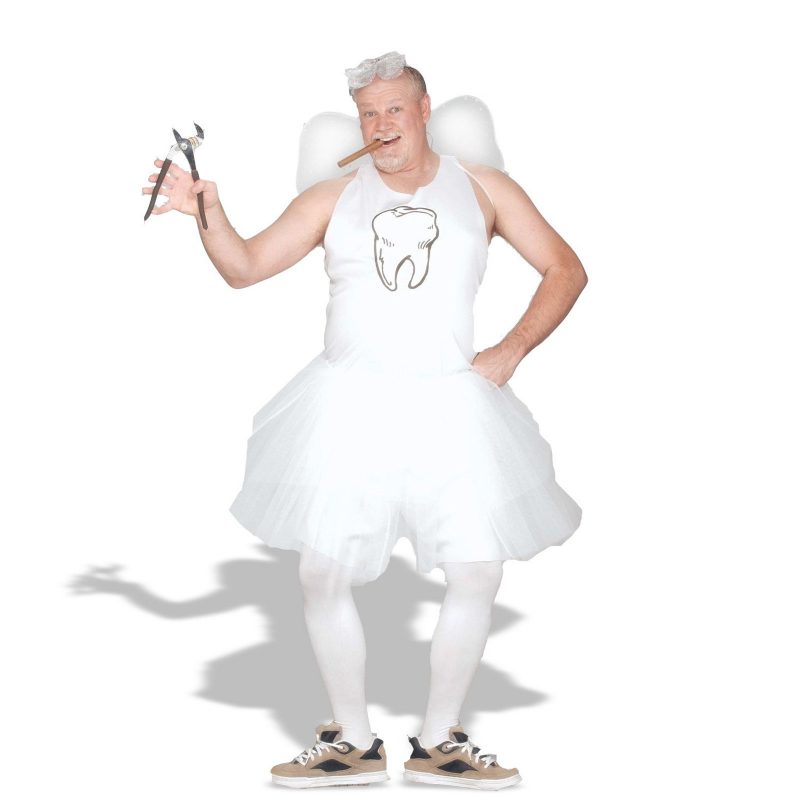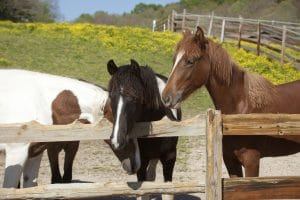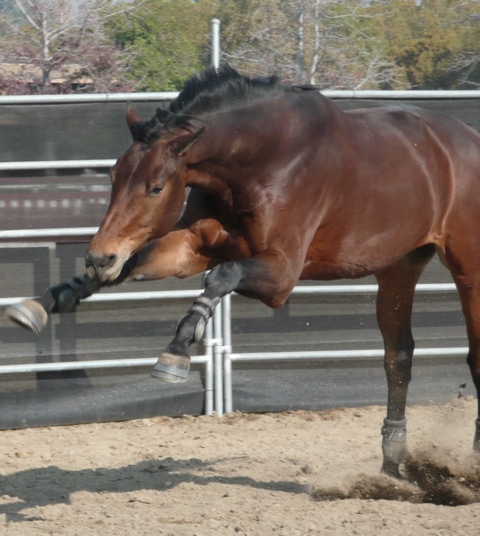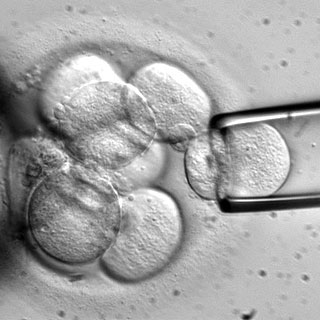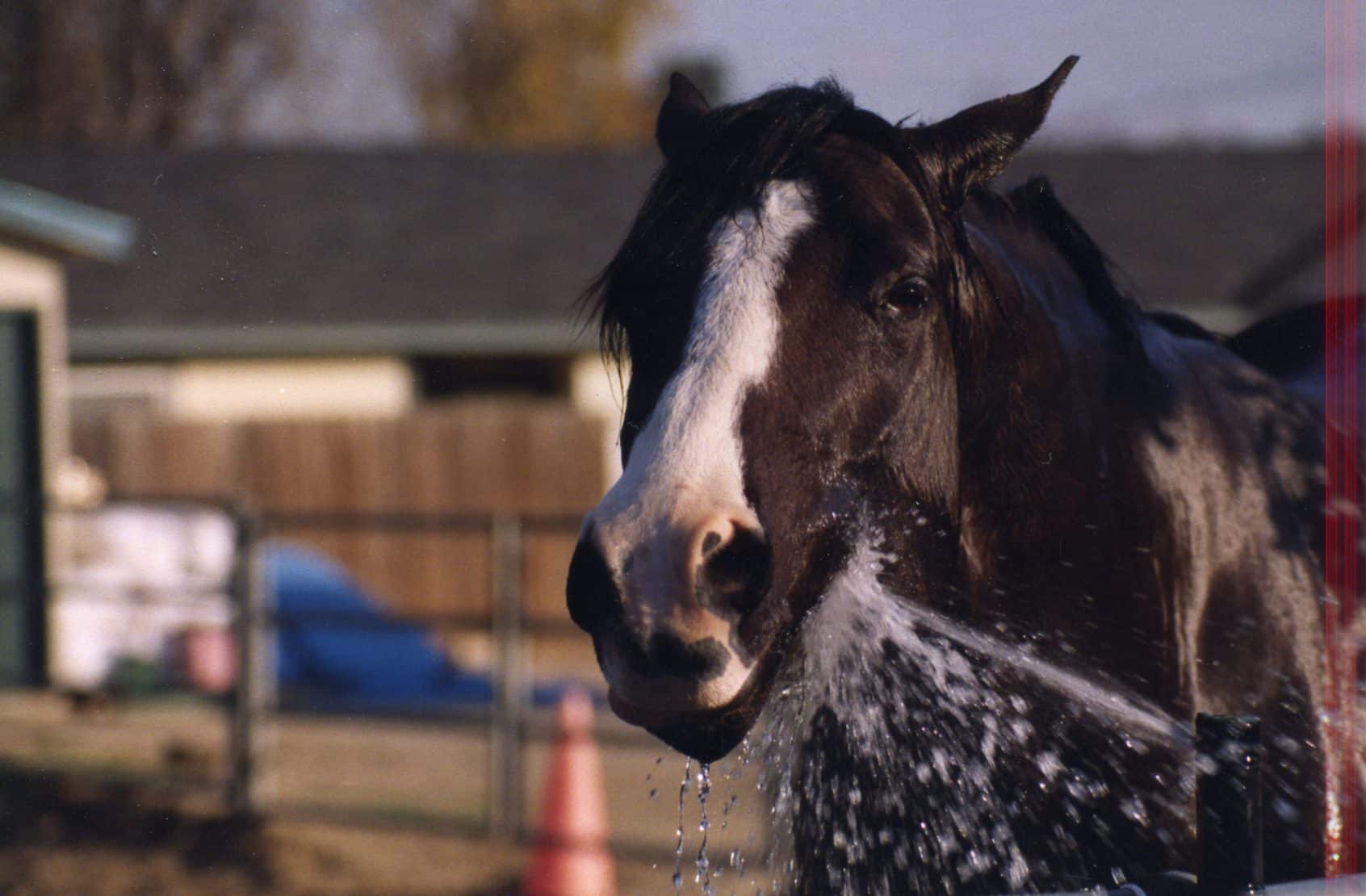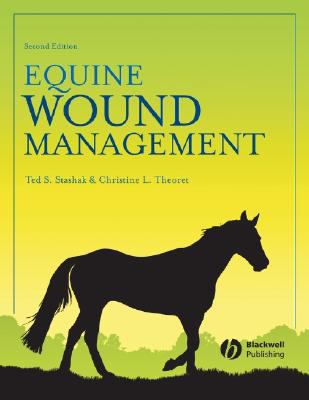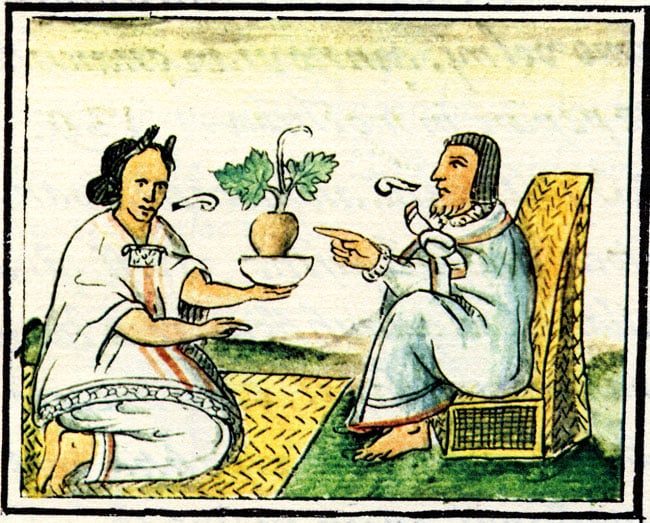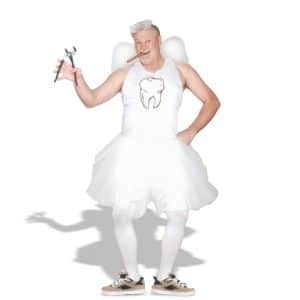 It’s funny, how care of the horse’s mouth has become such a huge concern over the last three decades. Whereas, when I graduated from veterinary school, care of the horse’s mouth was the concern of an equine veterinarian, and part of our overall job of taking care of the horse, now it’s become the subject of a good deal of controversy about who should be taking care of the horse’s teeth, how often, what constitutes “proper” care, etc.
It’s funny, how care of the horse’s mouth has become such a huge concern over the last three decades. Whereas, when I graduated from veterinary school, care of the horse’s mouth was the concern of an equine veterinarian, and part of our overall job of taking care of the horse, now it’s become the subject of a good deal of controversy about who should be taking care of the horse’s teeth, how often, what constitutes “proper” care, etc.
I don’t really want to get into those debates in this article. Whatever one’s point of view, from a scientific standpoint, much of what has passed for “routine” horse dental care – filing down sharp points, leveling the chewing surfaces, etc. – has been shown to be largely unimportant. That is, when researchers have looked at the results of procedures performed on horses’ teeth, they largely haven’t been able to find any differences in how the horses do before and after the interventions: in feed digestibility or feed particle size, in movement of the jaw, or on test scores in dressage horses. Again, I’m not saying the care of the horse’s teeth is not important, it’s just that it’s probably not as important as some people make it out to be for many horses.
Routine care of the horse’s mouth, of course, is an entirely different kettle of fish from true oral pathology, such as the treatment of diseased or broken teeth. There are certainly serious problems that can occur in the horse’s mouth. This article isn’t about the treatment of true oral pathology (so don’t send me any pictures – they’re icky, and I’ve seen them). True oral pathology a job for a veterinarian.
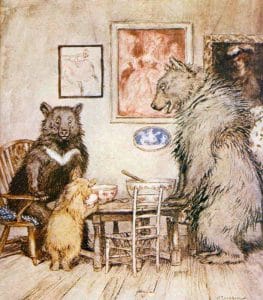 But as for routine care, it seems to me that there are three possibilities. Much like Goldilocks and the Three Bears, you can have care that’s too much, not enough, or just right. I’m pretty sure that everyone would agree that “just right” is the standard that everyone should be shooting for, even if that’s a standard that doesn’t have a real definition. In fact, “just right” almost undoubtedly varies from horse to horse. And, for better or worse, it also varies depending on the point of view of the person who is looking at your horse’s mouth. My experience is that the likelihood that your told that your horse has a problem with his teeth generally goes up with the degree of “expertise” that the person examining your horse is alleged to have.
But as for routine care, it seems to me that there are three possibilities. Much like Goldilocks and the Three Bears, you can have care that’s too much, not enough, or just right. I’m pretty sure that everyone would agree that “just right” is the standard that everyone should be shooting for, even if that’s a standard that doesn’t have a real definition. In fact, “just right” almost undoubtedly varies from horse to horse. And, for better or worse, it also varies depending on the point of view of the person who is looking at your horse’s mouth. My experience is that the likelihood that your told that your horse has a problem with his teeth generally goes up with the degree of “expertise” that the person examining your horse is alleged to have.
But if we can agree that we should be shooting for just right,” when it comes to horse teeth, there’s another interesting question to ponder. That is, “If you can’t always get just right, what’s better: too much or too little care?” And for my money, the answer is pretty clear: you’re way better off doing “too little” dental care on your horse than too much.
Horses have a tooth structure that’s very interesting, and very different than our teeth. The “hypsodont” teeth that horses have are characterized by high crowns that extend high above the gum line, and lots of hard enamel that extends down past the gum line. This tooth structure gives the horse extra tooth material so that it can put up with the wear and tear that comes from eating tough, fibrous material like hay (or fences, or stall doors, or trees, any of the other things that horses insist on eating).
The thing is, horses are not the only animals that have these interesting, hypsodont teeth. Other animals with hypsodont teeth include cows, goats, sheep, alpacas, llamas, and camels. And if you find discussions of tooth structure fascinating, here’s a great article about the diverse types of teeth seen in mammals:
Now as far as I know, whereas various folks assert that grinding away on a horse’s mouth with alarming regularity is essential for the horse’s health, no one that I know of is currently in the business of grinding on the teeth of cows, goats, sheep, alpacas, llamas, or camels. And, as far as I know, they’re not suffering any real ill effects from this lack of attention. Heck, people ride and even race camels – in fact, camel racing is one of the richest sports in the world – but camel teeth seem not to have attracted the same level of attention as have horse teeth, and they keep humping along.
You really should see this
ASIDE: Camels do not store water in their humps. I say that because this was presented as fact in my son’s fourth grade class (he’s in college now), and it still bothers me.
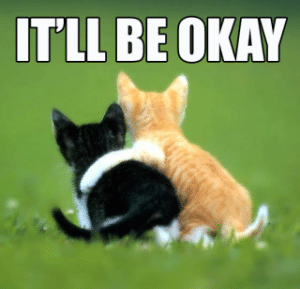 My point in bringing in other species is that there are lots and lots of hypsodont teeth in the world, and most of them never get rasped and ground and “balanced” and whatever else folks that are insistent on doing to horse teeth are doing these days. Maybe that’s not ideal – I mean, who knows, really – but most of the other species seem to be getting along pretty well with their hypsodont teeth, even as horses seem to be on the perpetual brink of oral calamity, at least as far as some folks will tell you.
My point in bringing in other species is that there are lots and lots of hypsodont teeth in the world, and most of them never get rasped and ground and “balanced” and whatever else folks that are insistent on doing to horse teeth are doing these days. Maybe that’s not ideal – I mean, who knows, really – but most of the other species seem to be getting along pretty well with their hypsodont teeth, even as horses seem to be on the perpetual brink of oral calamity, at least as far as some folks will tell you.
But back to my query. “What’s worse: too much care or too little care?” Like I said, I come down on the side of “too little.” Horse teeth are designed to tear and shred forage. It seems to me that all of the ridges and points and other structures are there for a reason. In fact, I think that they’re probably pretty important, and that we should think a good bit before we start grinding them away. There is a point where it becomes too much. Sure, sharp teeth can be associated with trauma to the insides of the horse’s cheeks, but so can teeth that are too smooth.
 So what do you do? Well, here’s what I do, with my own horse, and with my clients’ horses. I don’t do ANY treatment on a horse’s mouth unless I’ve done an oral examination first. Seriously, is this any sort of a revelation? Would you let your dentist put a filling in your tooth, or your endodontist do a root canal, without first looking into whether there’s really a problem? Simply stated, I believe that if your horse is doing fine, there’s absolutely no reason at all to subject him to aggressive dental procedures. I have horses that have gone years without having any dental interventions because of the way that they wear their mouths. Others apparently feel the same way. In fact, some veterinarians that are trained in care of the horse’s teeth are advocating that proper care may even involve only a few teeth (rather than grinding away at the horse’s entire mouth).
So what do you do? Well, here’s what I do, with my own horse, and with my clients’ horses. I don’t do ANY treatment on a horse’s mouth unless I’ve done an oral examination first. Seriously, is this any sort of a revelation? Would you let your dentist put a filling in your tooth, or your endodontist do a root canal, without first looking into whether there’s really a problem? Simply stated, I believe that if your horse is doing fine, there’s absolutely no reason at all to subject him to aggressive dental procedures. I have horses that have gone years without having any dental interventions because of the way that they wear their mouths. Others apparently feel the same way. In fact, some veterinarians that are trained in care of the horse’s teeth are advocating that proper care may even involve only a few teeth (rather than grinding away at the horse’s entire mouth).
So for those of your that are looking to add some horse sense to the treatment of the horse, here’s what we do. We need to move past the point (I promise, that word wasn’t chosen intentionally) where we work on every horse’s mouth according to some preset schedule. We need to stop trying to make every horse’s mouth look like some preconceived “ideal.” Too much dental work isn’t good for a horse. What you should do is set up a good relationship with your veterinarian, and get work only done as needed, and only after a thorough exam.
And that’s the tooth [sic].

